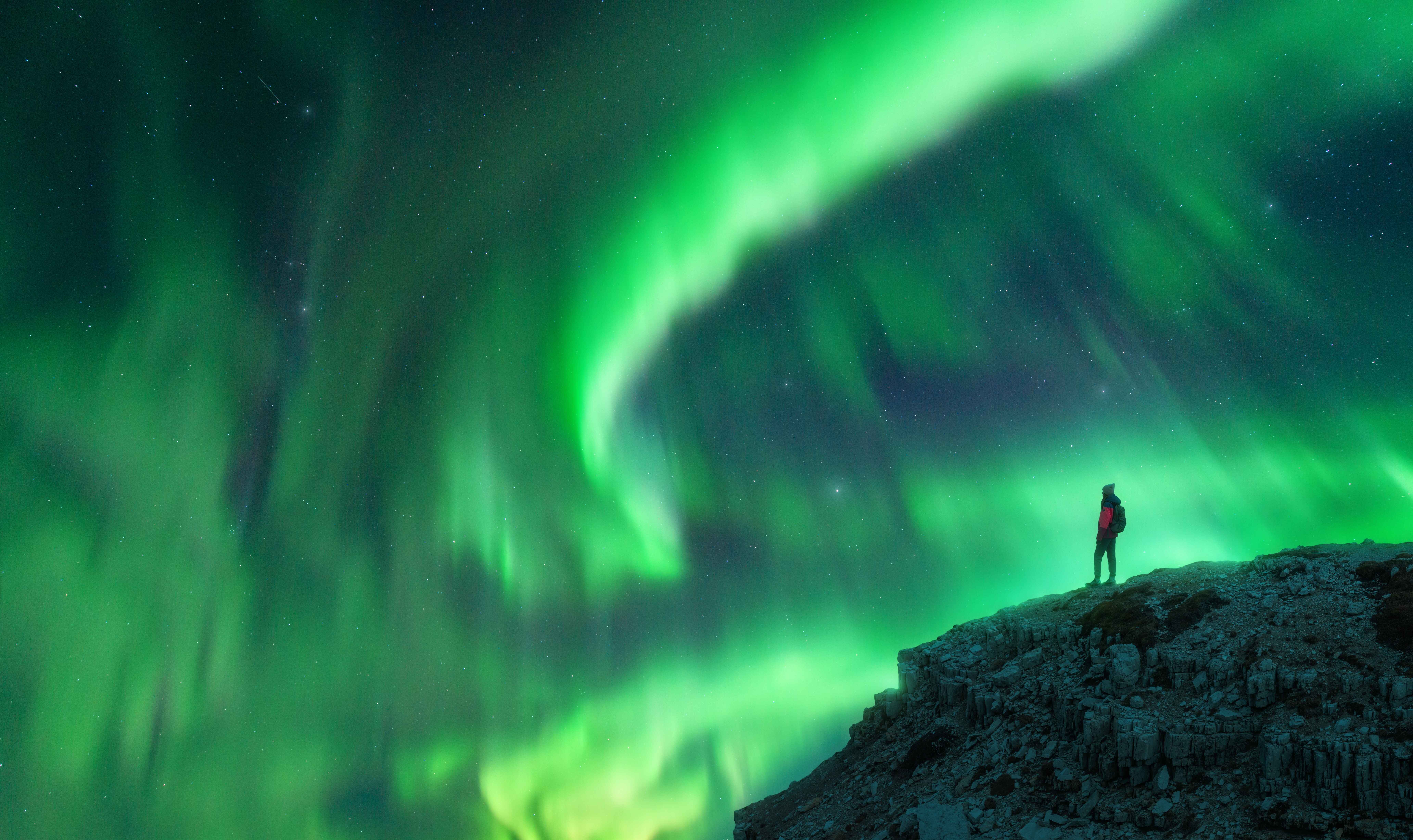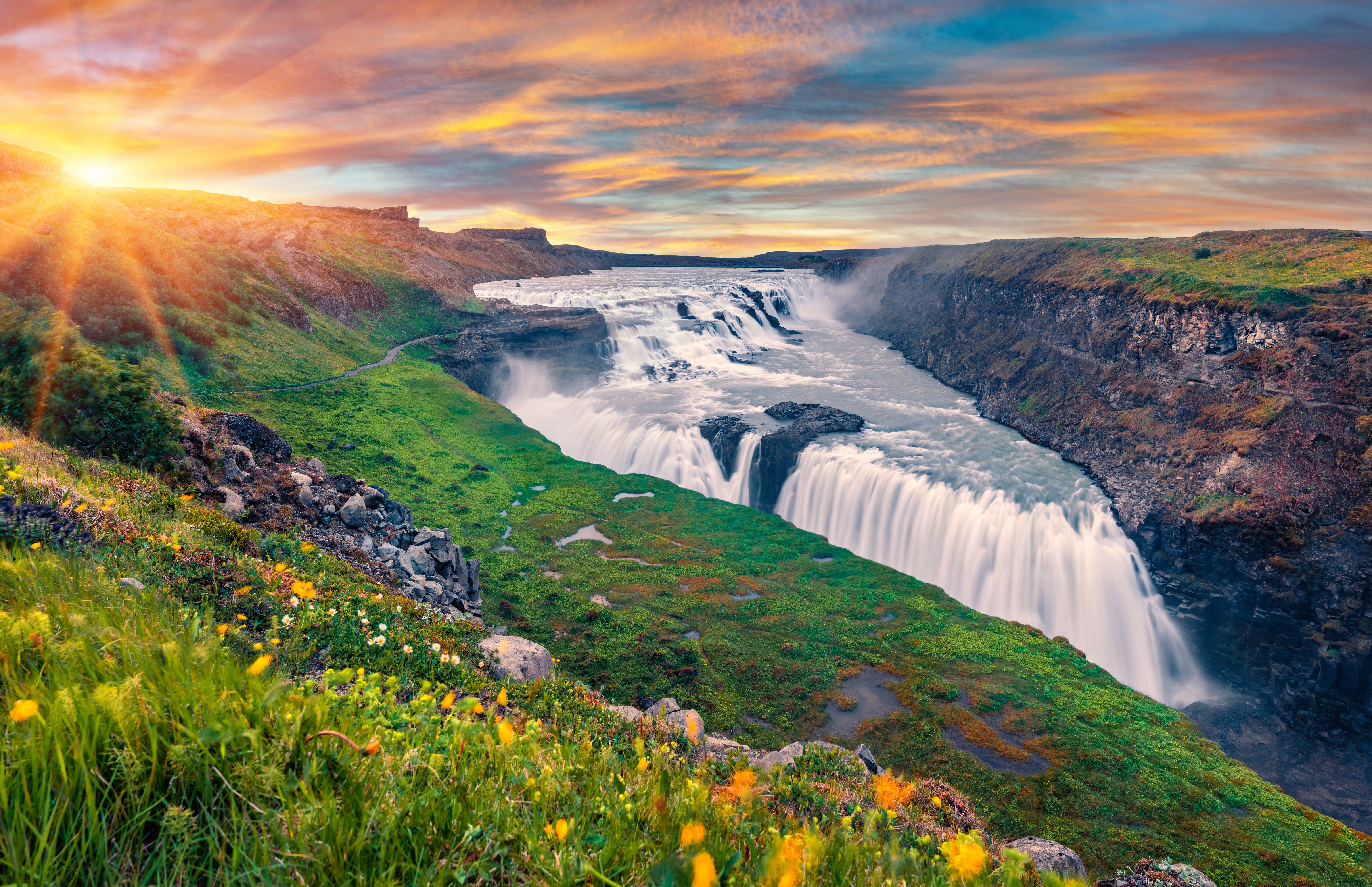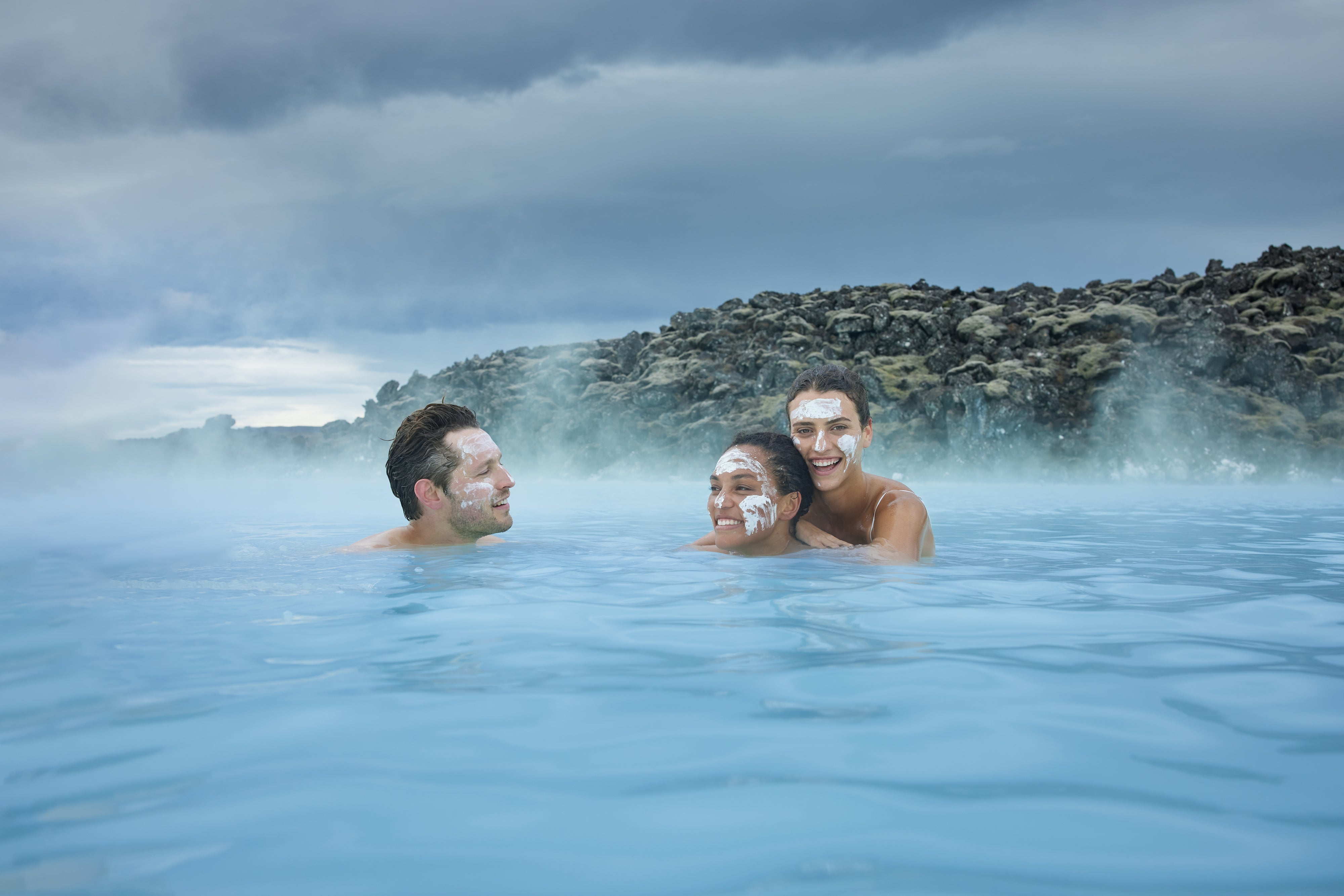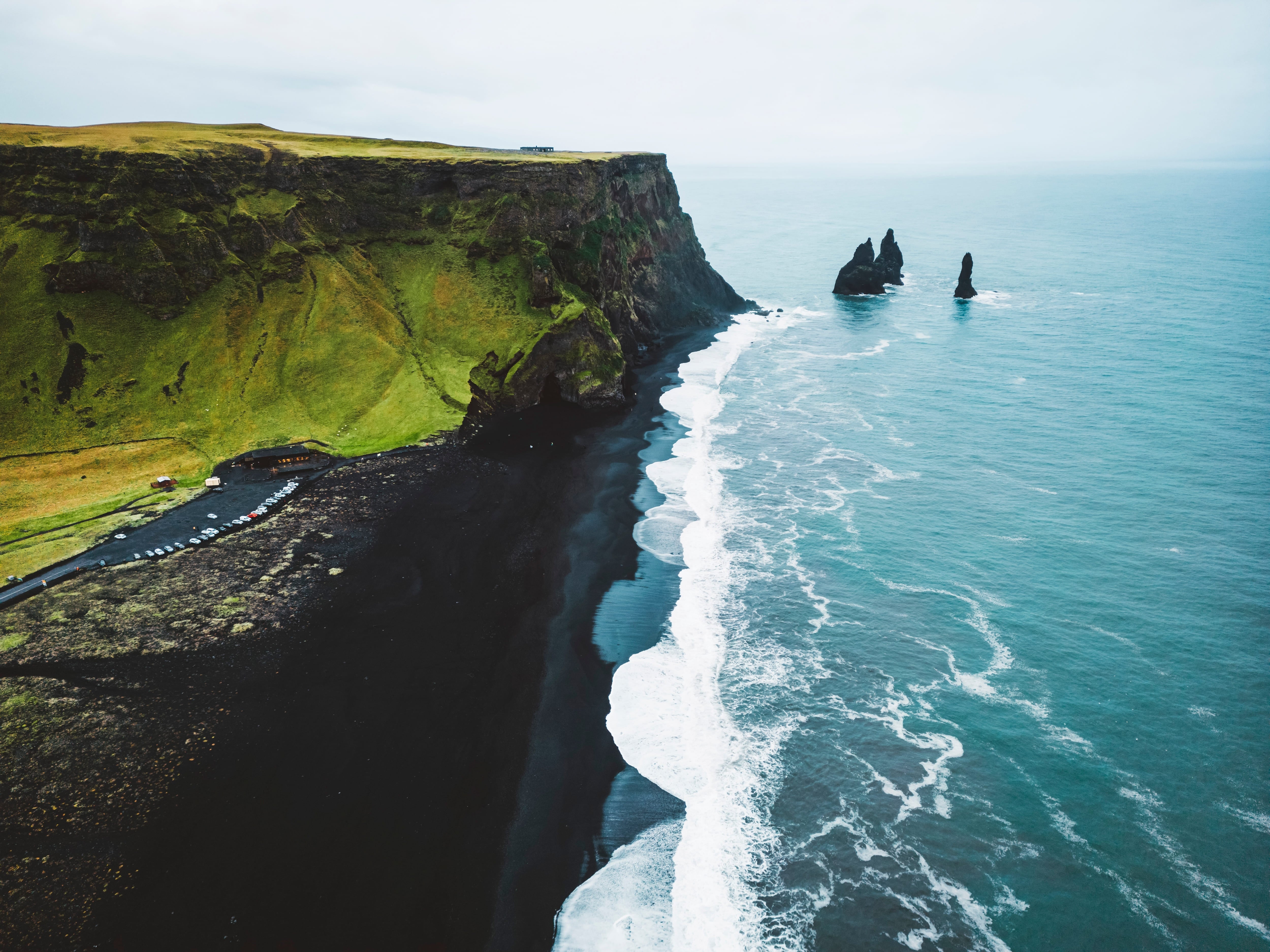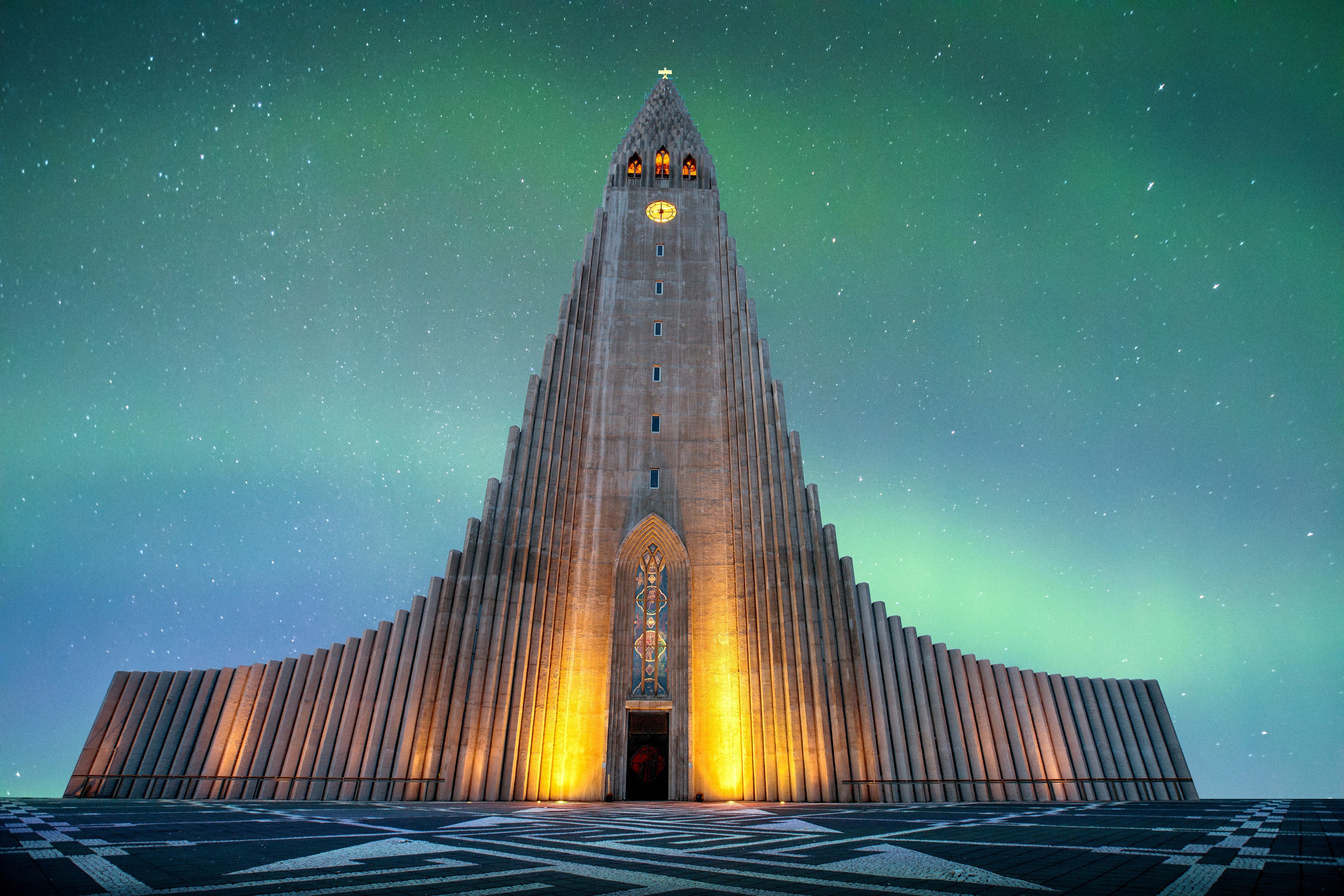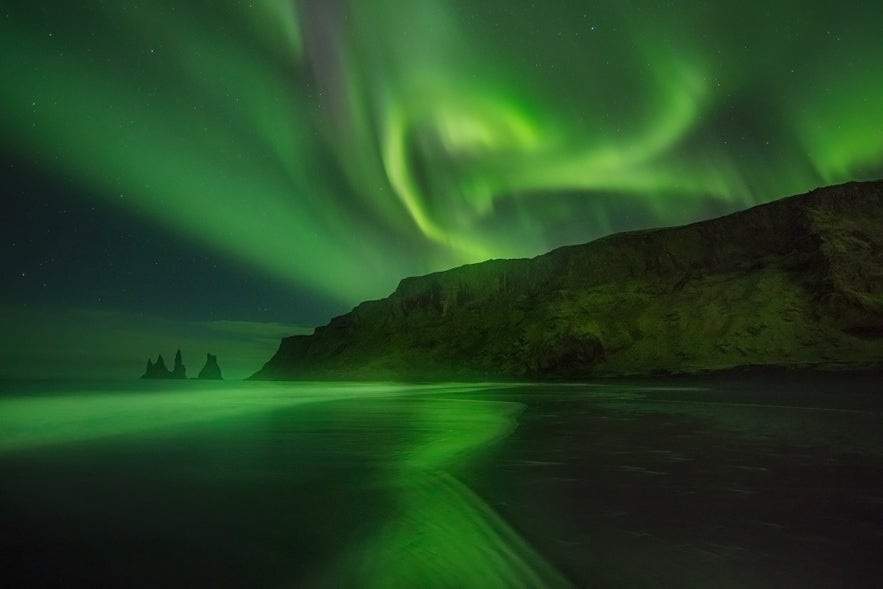
Standing beneath vast Arctic skies as the northern lights ripple across the darkness is a one-of-a-kind experience. It’s a moment travelers describe as magical, humbling, and unforgettable.
Because the aurora is unpredictable, many visitors choose to join guided northern lights tours. Expert guides monitor weather and solar forecasts, then lead you to the best locations away from city lights.
Why You Can Trust Our Content
Guide to Iceland is the most trusted travel platform in Iceland, helping millions of visitors each year. All our content is written and reviewed by local experts who are deeply familiar with Iceland. You can count on us for accurate, up-to-date, and trustworthy travel advice.
You may be wondering: When’s the best time to see them? What happens if it’s cloudy? Do you need special gear or a professional camera? This guide gives you clear answers, so you can feel prepared and excited for your tour.
Keep reading to discover everything you need to know before heading out on your adventure.
When Can You See the Northern Lights?
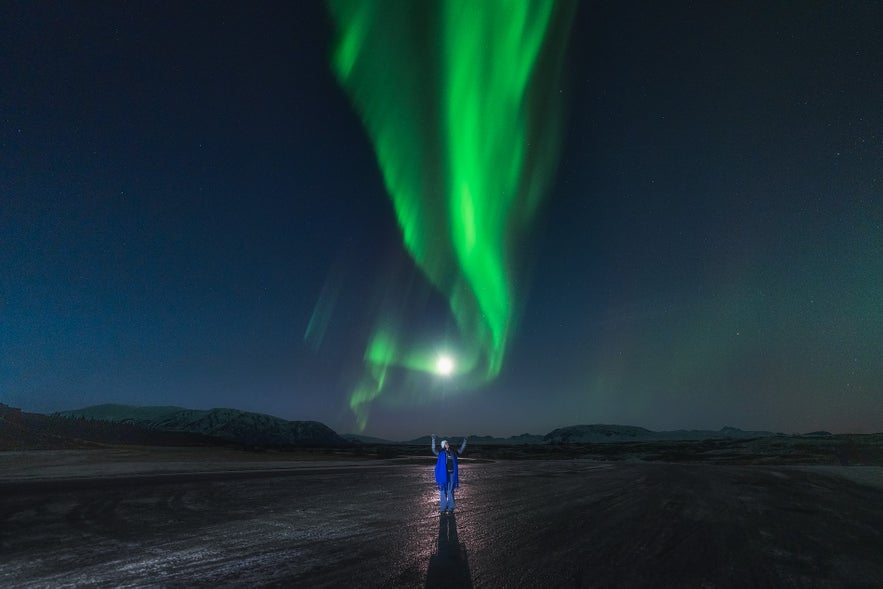 The northern lights are visible in Iceland from late August through mid-April, when the nights are dark enough. Clear skies and solar activity are also needed, so sightings are never guaranteed, but tours are scheduled only when there’s a reasonable chance.
The northern lights are visible in Iceland from late August through mid-April, when the nights are dark enough. Clear skies and solar activity are also needed, so sightings are never guaranteed, but tours are scheduled only when there’s a reasonable chance.
You can learn more about the best time to see the northern lights in Iceland in our updated guide on the topic.
What to Expect on a Northern Lights Tour
 Most northern lights tours depart in the evening and last three to four hours. Guides choose viewing locations away from light pollution, often in the countryside just outside Reykjavik.
Most northern lights tours depart in the evening and last three to four hours. Guides choose viewing locations away from light pollution, often in the countryside just outside Reykjavik.
There are several types of northern lights tours to choose from:
-
Bus tours – the most budget-friendly option, perfect if you enjoy traveling in a group.
-
Minibus tours – smaller groups with more personal attention and flexibility.
-
Super jeep tours – adventurous off-road trips that can reach remote areas.
-
Boat tours – a unique way to see the aurora reflected on the water.
-
Self-drive packages – ideal for independent travelers who want freedom.
If conditions aren’t right, many tour operators allow you to rebook for another night free of charge. Some also include extras such as hot chocolate, warm blankets, or help with aurora photography to make the night even more memorable.
Most tours return before midnight, making them suitable for families and those who prefer not to be out too late.
FAQs About Northern Lights Tours
 Here are the most common questions travelers ask before joining a northern lights tour.
Here are the most common questions travelers ask before joining a northern lights tour.
Is a northern lights tour worth it?
Yes. While you can try to see the northern lights on your own, guides have local knowledge, real-time weather updates, and safe transport to the best spots. Tours also handle logistics, so you can simply enjoy the experience.
Can I see the northern lights with the naked eye?
Yes, when the aurora is active, it appears as shifting waves of green, purple, or pink light. Sometimes it starts faint, like a white haze, and grows brighter. Strong displays can even ripple dramatically across the sky.
How are the northern lights created?
The northern lights occur when charged particles from the sun collide with Earth’s atmosphere, causing atoms to glow. The color depends on the type of gas: green from oxygen, red and purple from nitrogen. For more details, check out our ultimate guide to the northern lights in Iceland.
What should I wear for a northern lights tour?
Dress warmly in layers, with thermal base clothing, an insulated jacket, sturdy shoes, gloves, hats, and scarves. Standing outside at night in Iceland’s winter can be very cold, so preparation is key.
What happens if it’s cloudy - will I still see the northern lights?
Clouds don’t always mean you’ll miss the aurora. Guides track local weather and often drive to areas where the skies are clearer. If the cloud cover is too heavy and sightings aren’t possible, most tour operators will offer you another opportunity on a different night at no extra cost.
What time do the northern lights usually show up?
The northern lights can show up anytime once it’s dark, but the most common activity is between 8 PM and 2 AM.
Can I see the northern lights in summer?
No. From May through early August, Iceland experiences nearly 24 hours of daylight. Since there's no darkness, the aurora cannot be seen until late August.
Is it difficult to photograph the northern lights?
Not as much as it used to be. If you have a modern phone with a good camera, you can often capture the aurora by using its night mode or long exposure setting. For the best results, a tripod helps keep the image steady.
If you want professional-quality shots, a DSLR or mirrorless camera with manual settings is ideal, but many guides also share tips during the tour so you can make the most of whatever equipment you bring. Learn more in our guide on how to photograph the northern lights.



